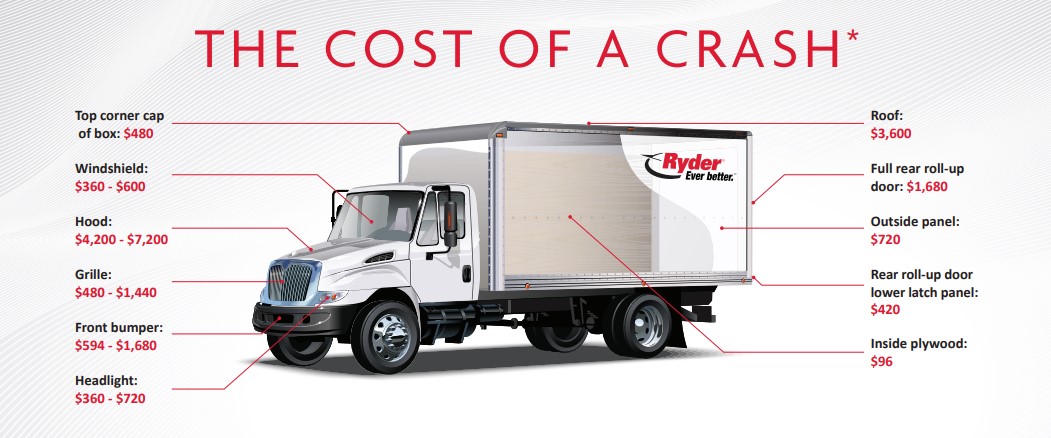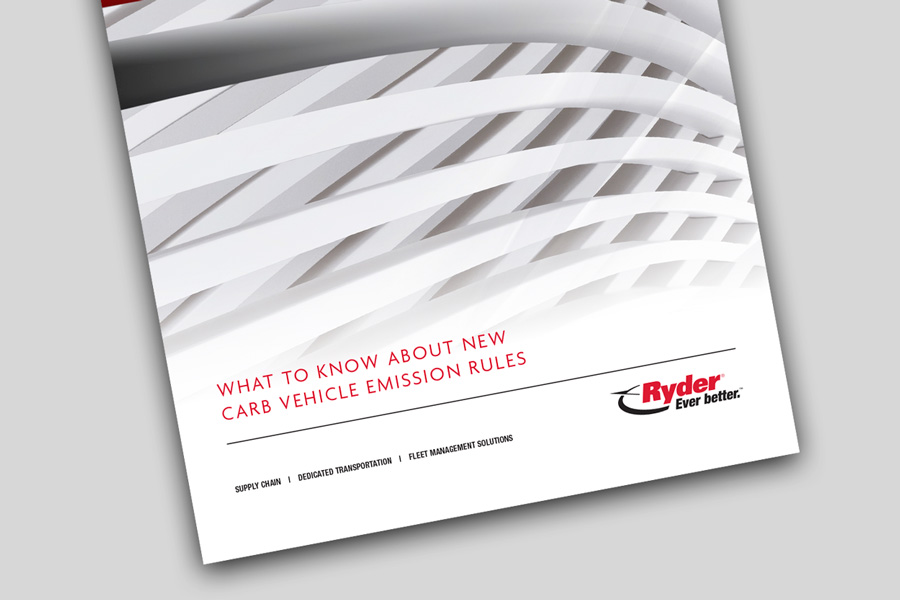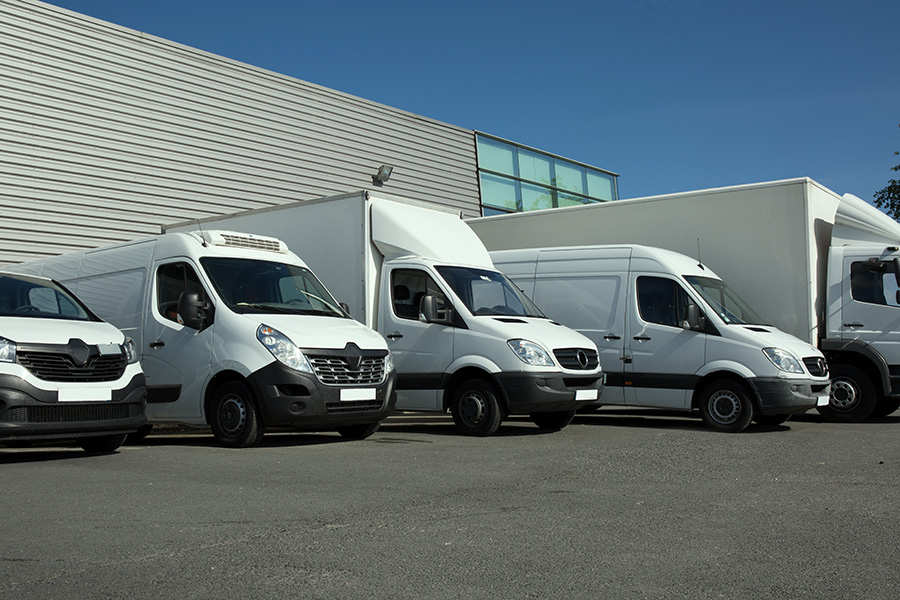Updated August 1, 2024
With commercial vehicle insurance premiums rising, driven in part by high-dollar accident settlements that involve semis and commercial vehicles of all classes, companies are seeing the effects on their bottom lines. The transportation industry is in an insurance crisis.
Recently, the American Transportation Research Institute released a report that found insurance premium costs per mile increased by 47 percent in the last decade. The increase was largely driven by crash litigation against truck drivers, which ranged from small settlements to “nuclear verdicts,” or jury awards of more than $10 million.
In 2022, nearly 90% of carriers with smaller fleets paid more on insurance premiums per mile, a common challenge in the trucking industry that can hinder new local businesses. The 2023 American Trucking Research Institute's (ATRI) Operational Costs of Trucking Update revealed that large fleets paid 7.7 cents less per mile than small fleets in 2022.
Having the right physical damage coverage can save your business, whether you lease one or more than 100 commercial vehicles. Before you purchase semi-truck insurance, you must understand what type of coverage you need. Being a well-informed consumer helps you get the insurance policy features, limits, and deductibles that are ideal for your business.
In this article, you'll discover the importance of having the right physical damage coverage for your commercial trucks, whether you operate a single vehicle or an entire fleet. We'll explain the different types of physical damage coverage, including collision and comprehensive insurance, and the various policy options. By understanding these options, you'll be better equipped to choose the best coverage to protect your vehicles and business against market fluctuations, high repair costs, and rising vehicle expenses.
What is Physical Damage Coverage?
Commercial vehicle physical damage insurance pays to fix or replace damaged tractors, trailers, refrigerated trucks, cargo vans, and straight trucks. There are two types of physical damage coverage—collision and comprehensive.
Physical damage collision insurance covers damages to your vehicle from accidents, including rollovers, and collisions with other objects. Comprehensive coverage pays for damages not caused by an accident—theft, vandalism, fires, and natural disasters. There are also several coverage options, including Stated Value, Replacement Cost Value (RCV), Actual Cost Value (ACV), and Guaranteed Asset Protection (GAP).

The Best Protection for Your Business
A Stated Value policy pays the holder the lesser of the depreciated market value or the stated value—a value you provide to the insurance company. Because of this, a Stated Value policy can leave you underinsured and may not cover the entire cost of your vehicle if you’re in an accident.
RCV replaces your vehicle with a like kind or quality of vehicle. An RCV is generally more expensive and not common in the commercial landscape.
ACV covers the market value of your vehicle, accounting for depreciated value while factoring in the age and condition of the vehicle. Also, with the rising value in vehicles and maintenance, an ACV accounts for that volatility.
One thing to note, these insurance policies only cover the market value of your lease vehicle with a total loss. This may leave a gap in your coverage between the vehicle’s market value and the lease value. If you have a GAP policy, you are covered in case of a total loss. If your policy doesn’t specifically state it includes GAP, you are likely not covered.
To fully protect your lease and your business, the best physical damage coverage is ACV with GAP. Any other coverage may not provide the protection you need against market changes impacting replacement costs, high repair costs, rising vehicle costs, or lease financial obligation.
Protect Your Vehicle and Business
With the changing market conditions, you need to make sure your commercial lease and bottom line are fully covered. Ryder provides both Physical Damage protection and GAP for leased vehicles. GAP can be included with an ACV policy, or a stand-alone option to ensure your vehicle is full covered.
When you choose Ryder to protect your fleet, our focus is the same as yours—minimize risk, control costs, and keep the wheels of business. Protection plans go beyond insurance to reduce the risks of business disruption.





